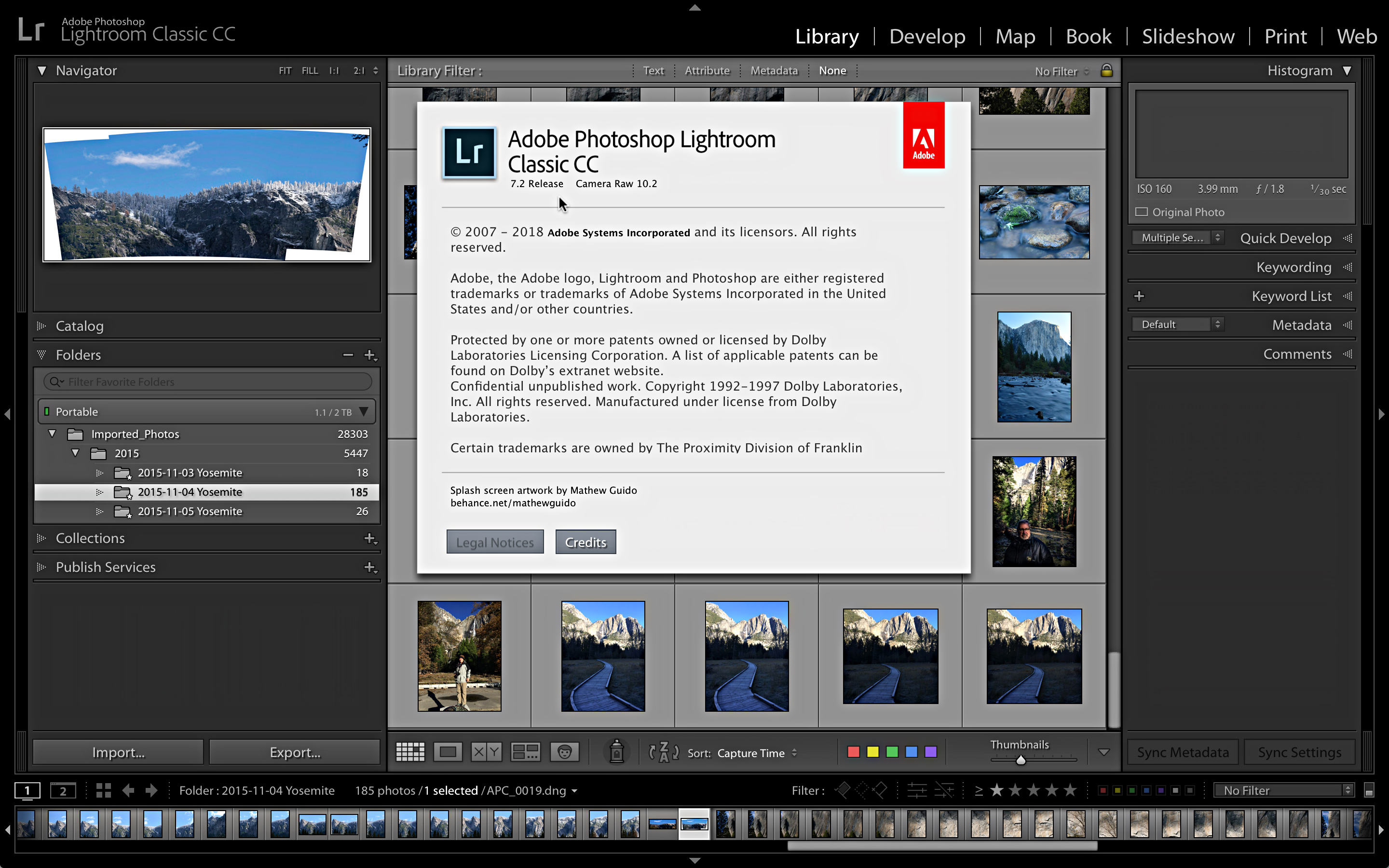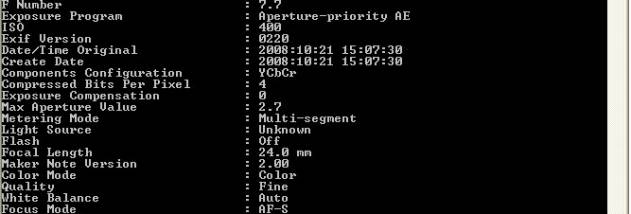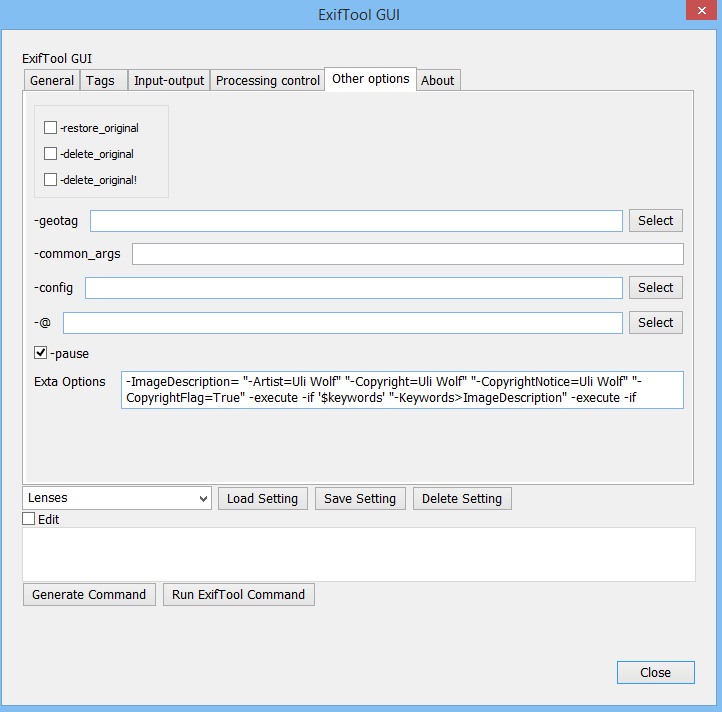

Since it is not quite easy, and may not work either, we recommend one of the first two solutions. In short, you can overwrite the internal camera data (Exif data) with that of an older camera model, which may provide the otherwise identical data. Mac: /usr/bin/exiftool -model="NIKON D500" *.NEFĮxiftool now writes the new camera identification in the metadata. The original file is appended with _original and retains the original suffix to be on the safe side.


Save your RAW files to your computer as usual.Solution 2 is the safe bet – but in the long run it’s a bit cumbersome.Īny image editing software and any digital camera model. second Solution: Convert your RAW files to. You can immediately work on your amazing pictures as you like, smooth lining that workflow. This will save you the trouble of having to convert later. DNG format from within your camera’s menu.Ĭheck your manual to see if your camera model supports this feature in the camera menu. The easiest solution is to convert directly to the universal. First solution: Use the DNG format already in your camera You can always convert to this format and make your edits lossless as you would with every other file format workflow. DNG format is a camera manufacturer independent, standardized and open, lossless format. Of course, your image processing software tries to keeps up from time to time with software updates but this is not always the case.įor Your Information: The. The problem and its background: There are many camera manufacturers with countless camera models for which they constantly change up the formats. PEF as well as other image processing software providers such as Skylum Luminar… These 4 solutions apply to all camera models and raw formats.

Problem -> solution: Lightroom does not recognize RAW format of the new camera


 0 kommentar(er)
0 kommentar(er)
